Eden Project, The
Institution Code: EDEN
BGCI Member: Yes
About the Eden Project, The
The Eden Project was established as one of the landmark Millennium projects in the UK to mark the year 2000 and is structured as an educational charitable trust.
Eden's mission is 'To promote the understanding and responsible management of the vital relationship between plants, people and resources leading to a sustainable future for all'.
The Eden Project communicates its story in a ‘Living Theatre of Plants and People’ based in a large crater in which nestle two vast greenhouses (Biomes).
Currently in possession of approximately 11,000 live taxa.
Main Address:
Eden Project, The
Bodelva, Cornwall
PL24 2SG United Kingdom
Telephone: +44 (0) 1726 811 911
Fax: +44 (0) 1726 811 912
URL: www.edenproject.com
Primary Email: pstone@edenproject.com
Ecological Restoration of a china clay quarry
It is implicit in any restoration project that some process of environmental change or degradation must have happened to lead to a loss of functioning habitat. This degradation needs to be corrected or habitat loss will continue to occur and restoration will be a wasted effort.
Eden Project’s research and practice extends beyond the question of species propagation and re-introduction to focus on the question of the environmental conditions that exist, and the barriers that have to be overcome for successful habitat recovery to take place.
Very different scenarios can be encountered depending on the history of impacts on any particular location. So for example the Eden Project’s own site is set within an extensive landscape of china clay extraction. This mining process has left behind spoil heaps that lack structure, organic matter and functioning biological and nutrient cycles. They are skeletal substrates that have much in common with exposed glacial moraines and a slow natural ecosystem process would take many years. To make it possible to restore vegetation cover different techniques are used for soil creation ranging from the acceleration of natural processes of nutrient and organic matter accumulation, using nitrogen-fixing species, through to the manufacture of starter substrates using a range of composted and recycled organic wastes.
In contrast there are often situations where ecosystems have become degraded because of excessive nutrient pollution. This is an increasingly common problem in areas which have been temporarily used for farming or where there has been a history of certain forms of pollution. With high fertility the rarer and more complex plant and animal communities are outcompeted by aggressive species.
Different methods have been tried to reduce the nutrient load on such sites including ‘cropping off’, trying to deplete the soil by sowing and harvesting a series of agricultural crops. However nutrient budgets show that this is often an exercise of marginal impact – there can be an appearance of nutrient depletion for a few years but the underlying base load is unchanged and gradually the available nutrient supply returns to high levels.
To help develop more effective solutions we have been working in partnership with Landlife, based at the National Wildflower Centre, who have been looking at the potential for deep ploughing and soil inversion as a way of redistributing nutrient load in the soil profile and in particular creating a surface soil layer that is less likely to allow aggressive species to establish.
Results have been extremely positive with ongoing monitoring demonstrating substantial improvements in both plant and animal biodiversity following the treatment.
More details can be obtained from:
http://www.edenproject.com/whats-it-all-about/behind-the-scenes/about-us/our-story
and
http://www.wildflower.co.uk/projects/bng/bngdownloads.htm
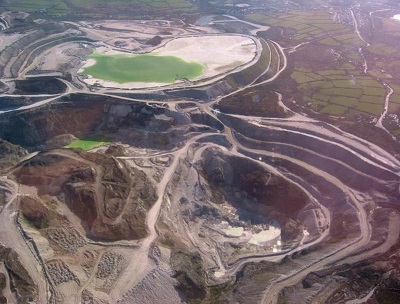 |
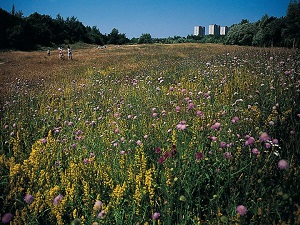 |
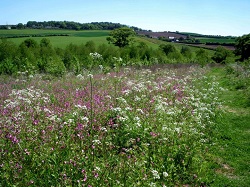 |
 |
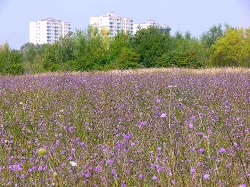 |
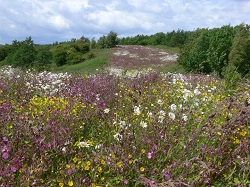 |






